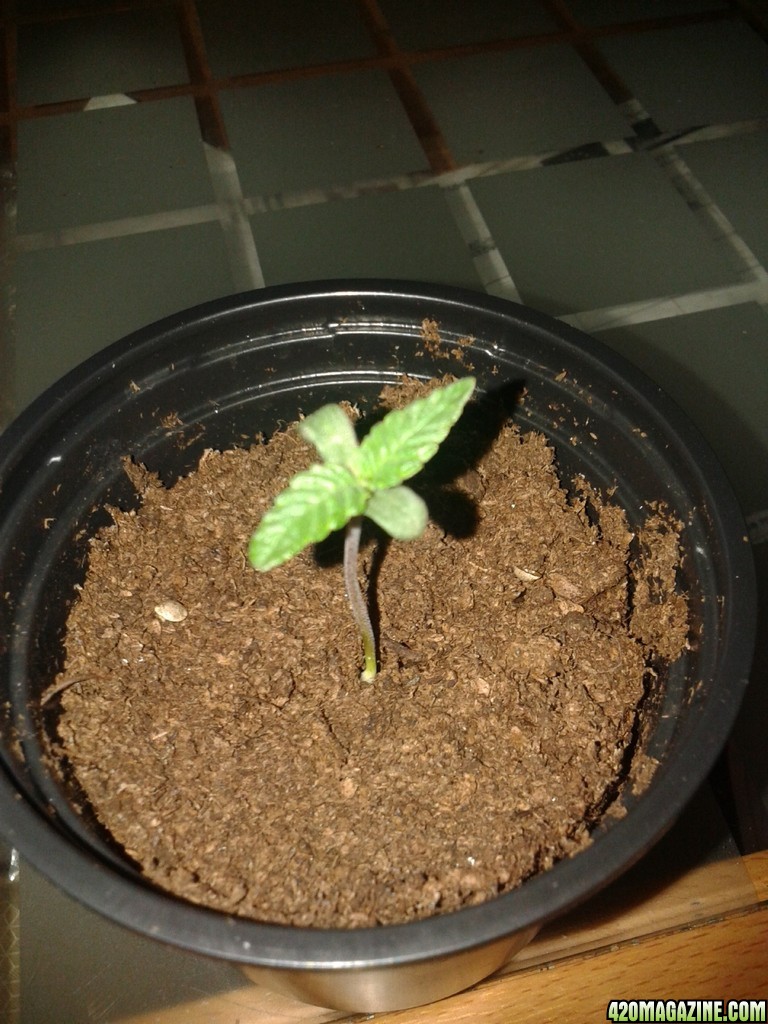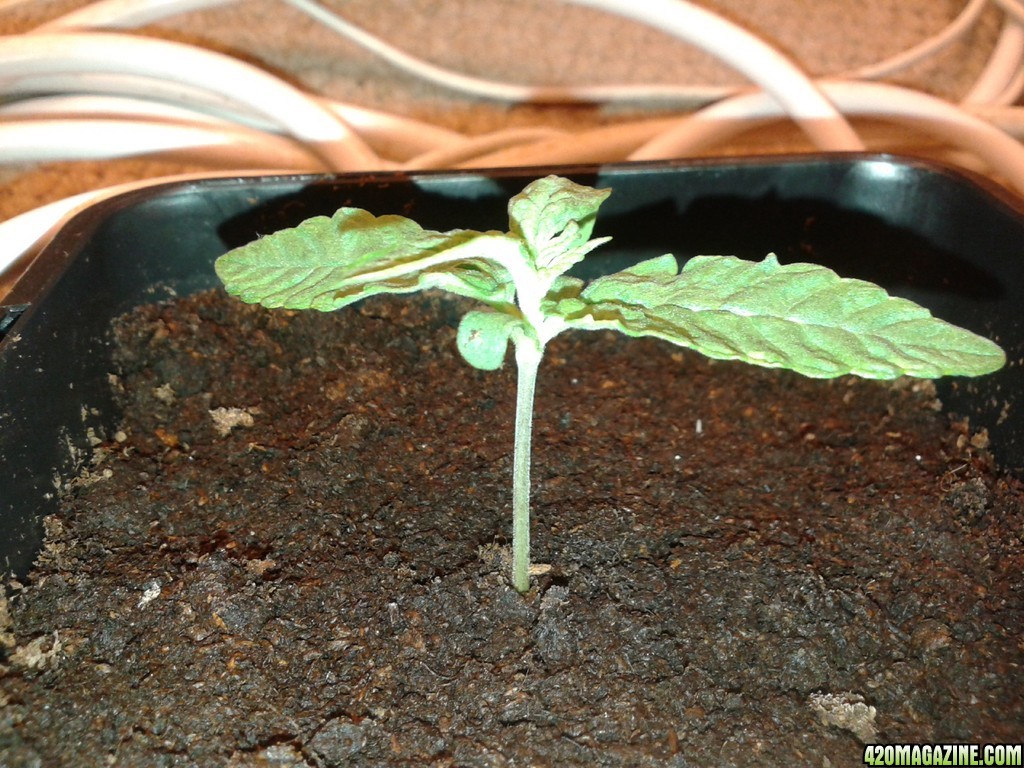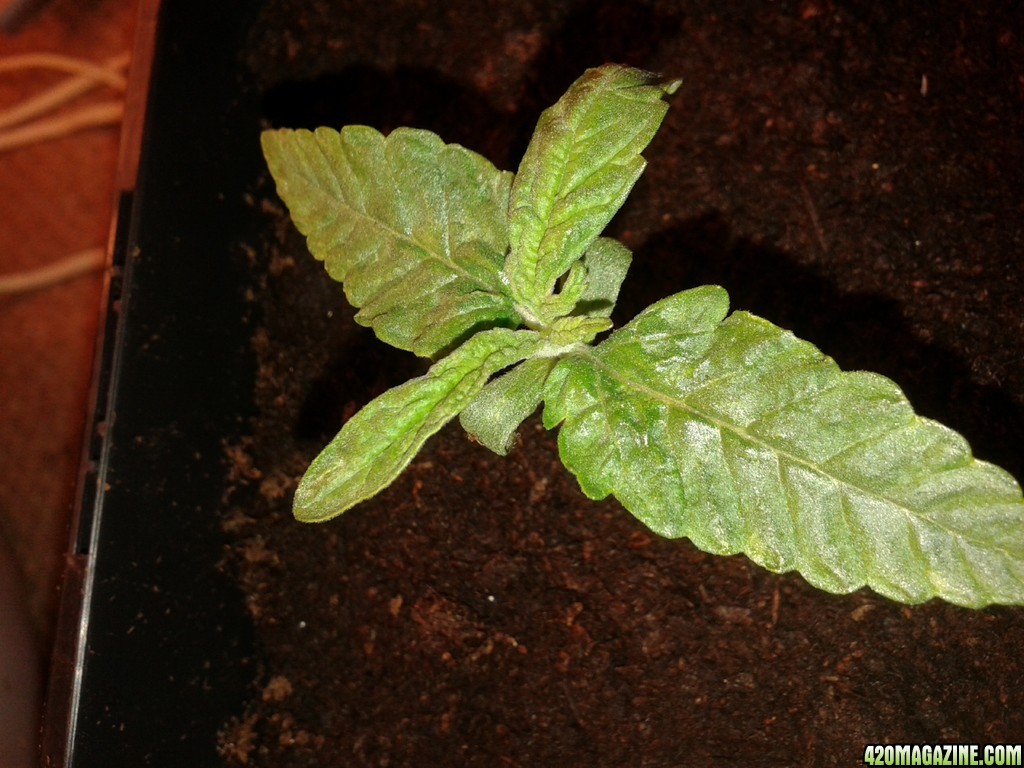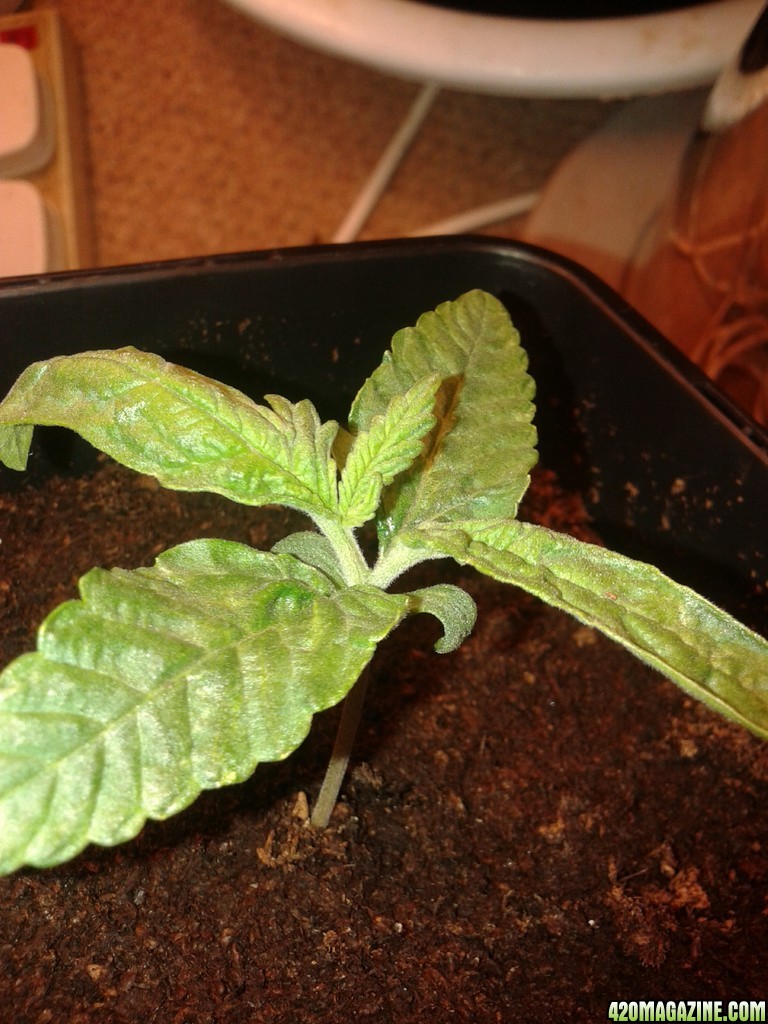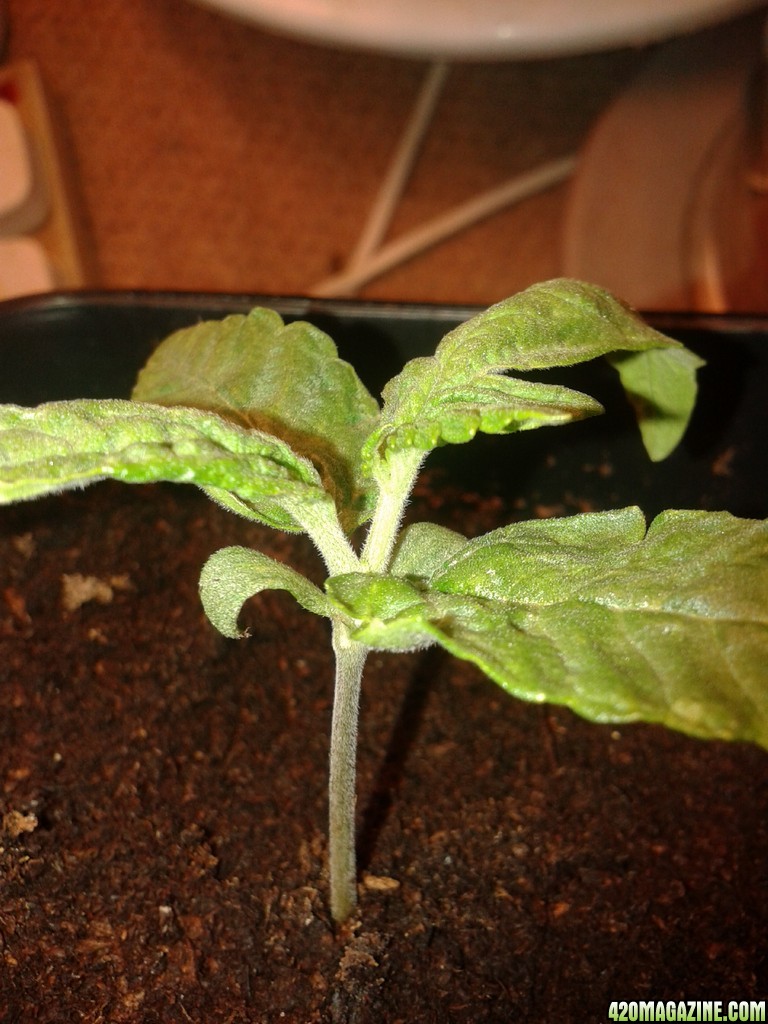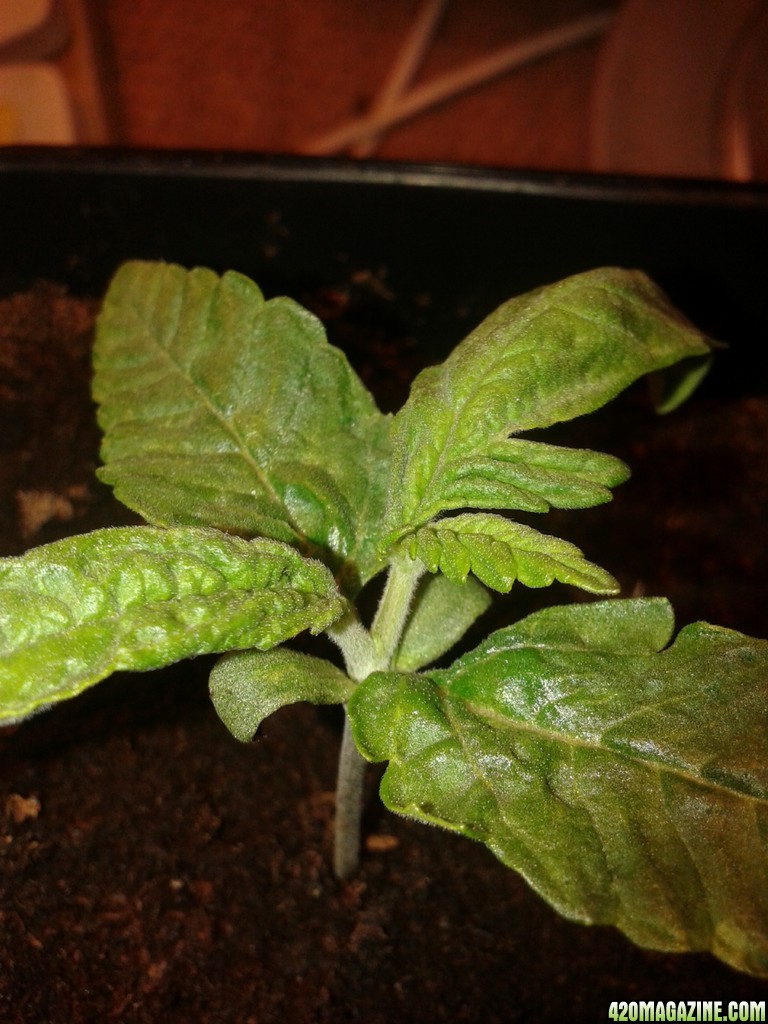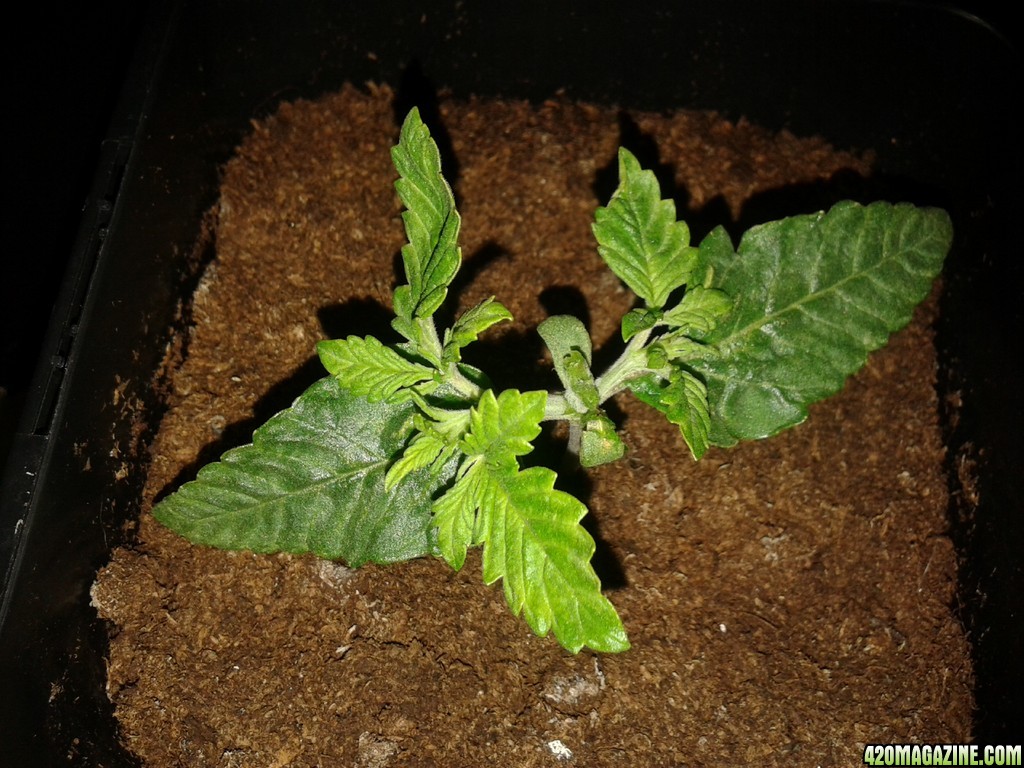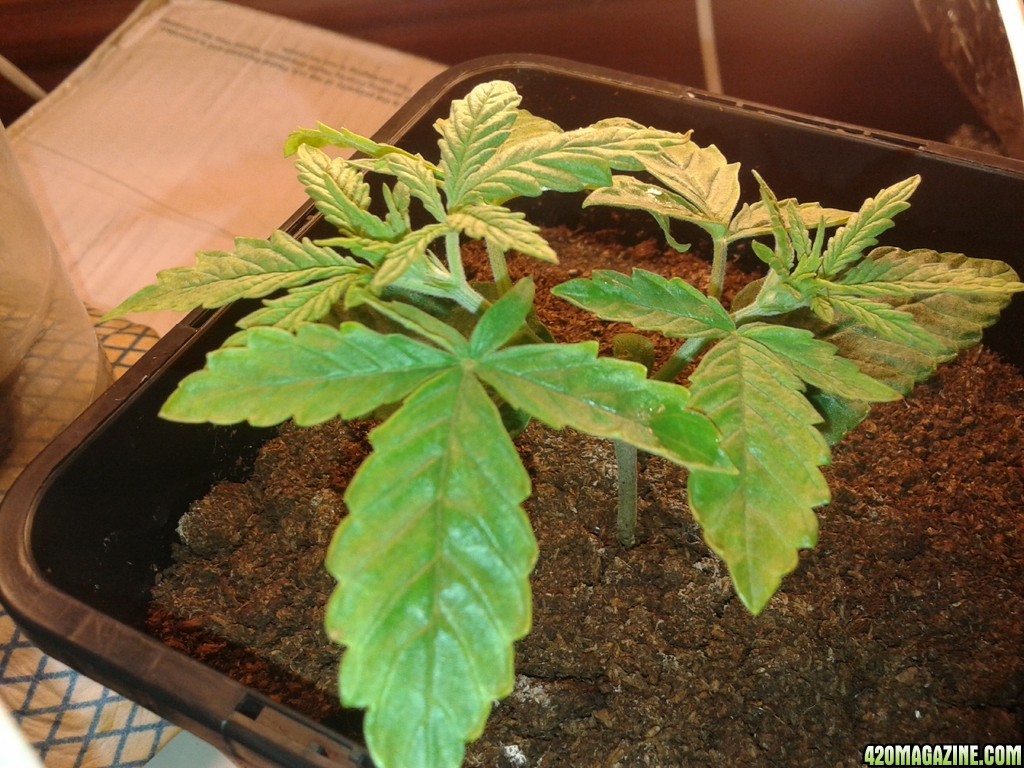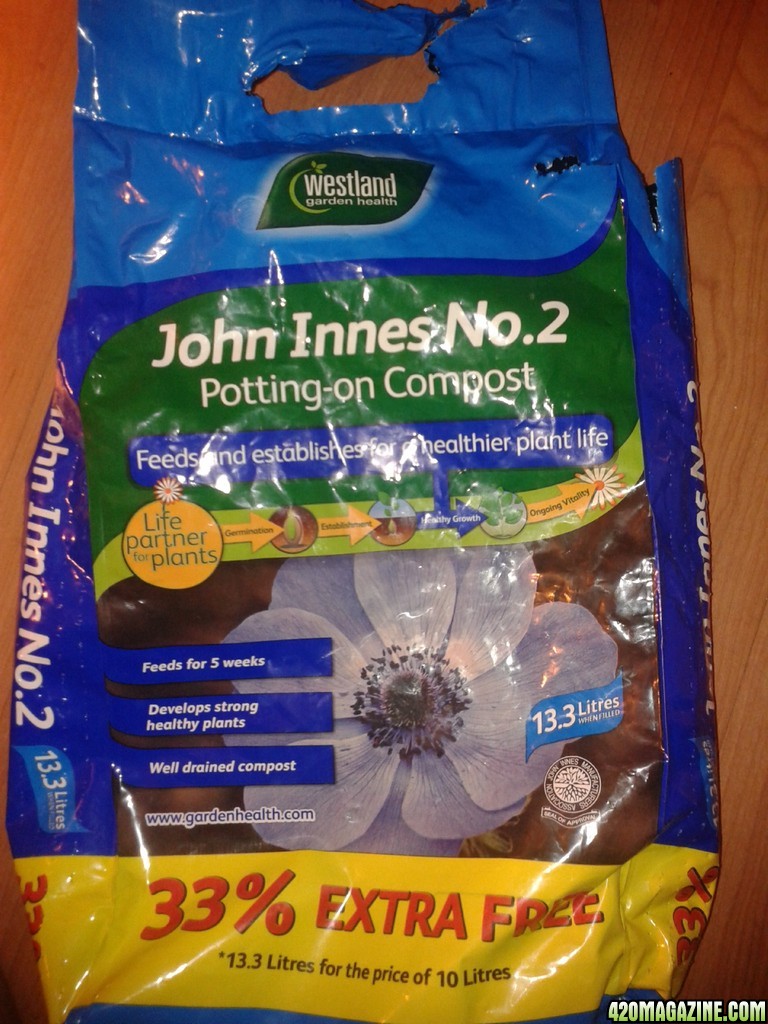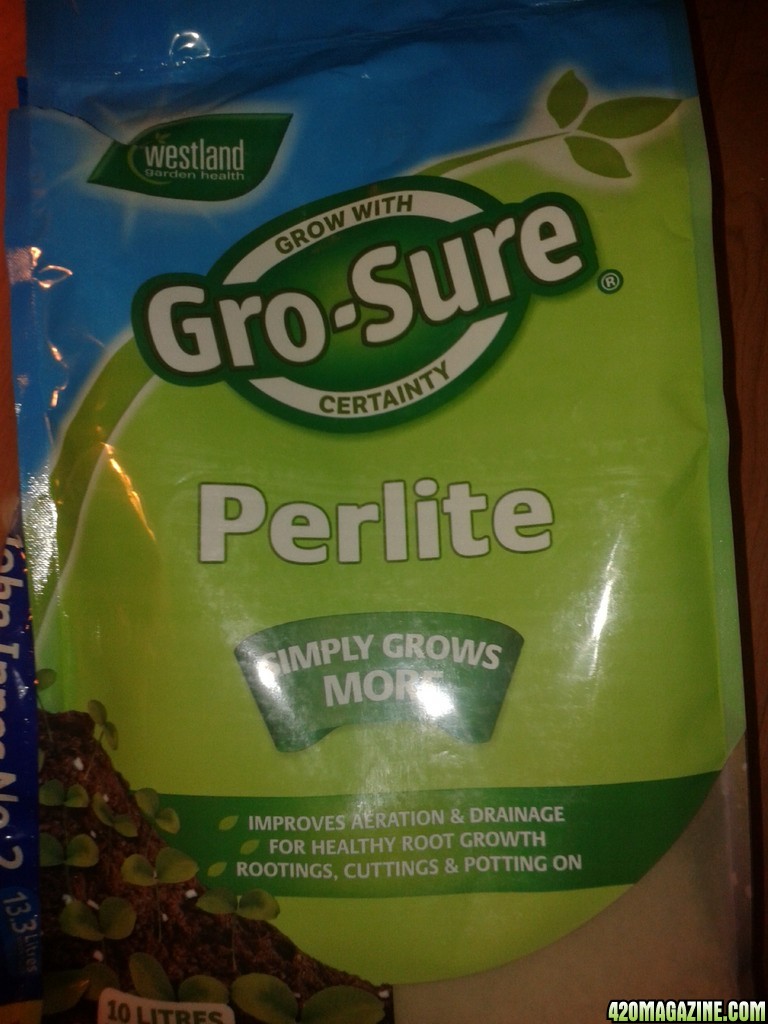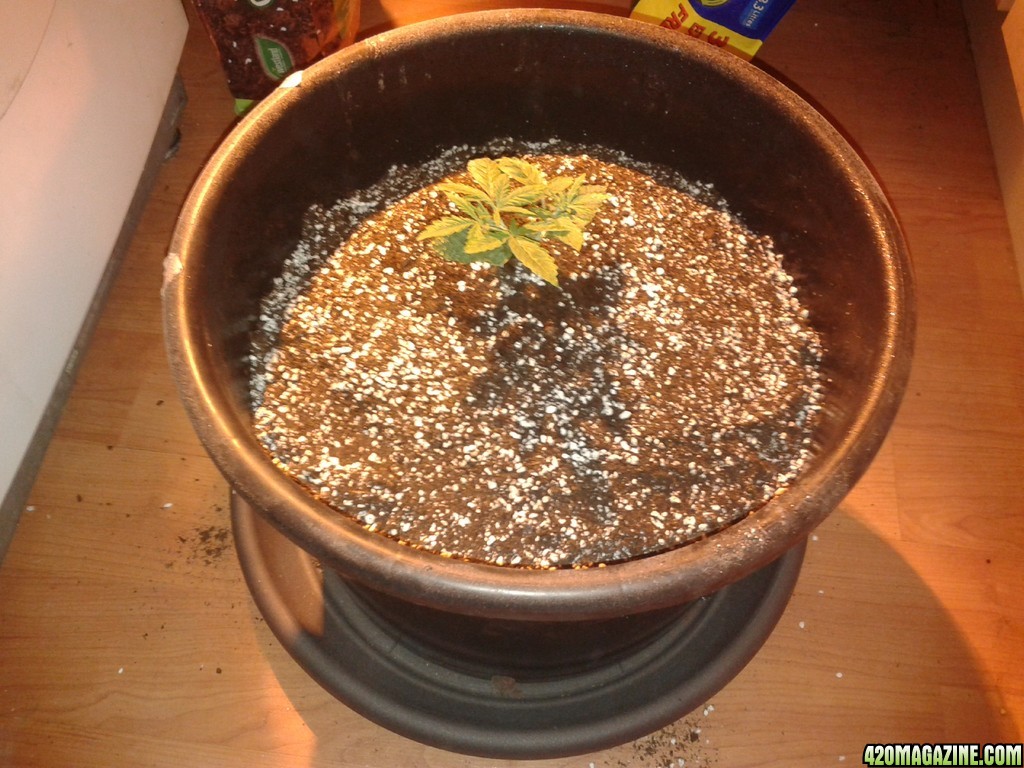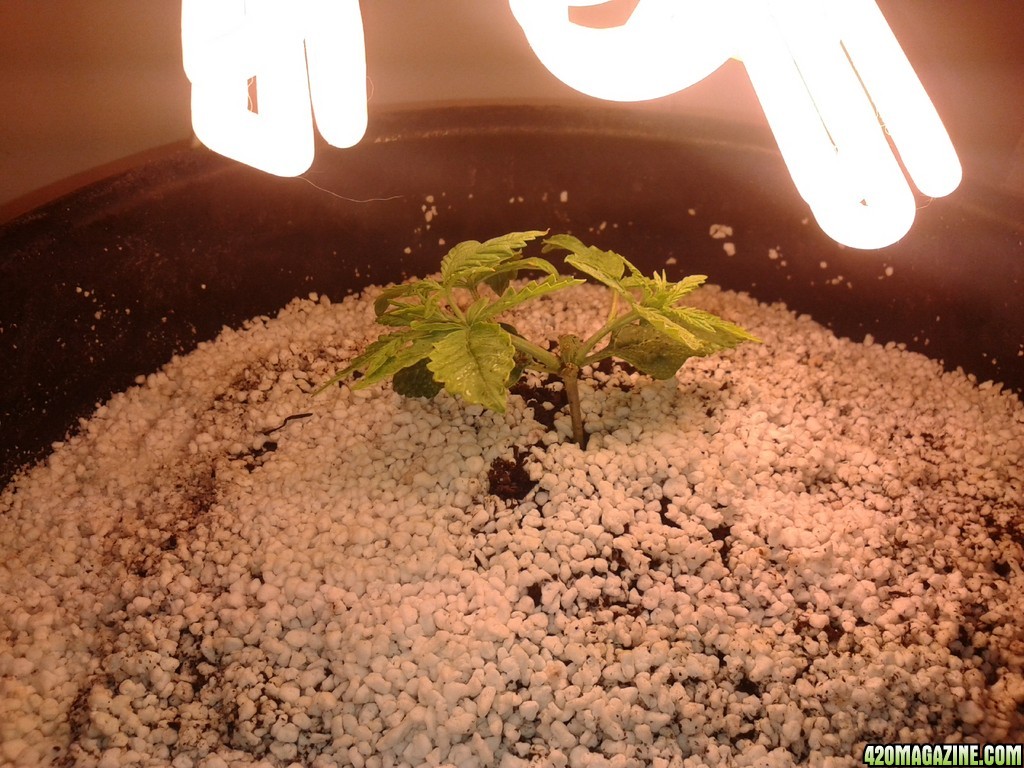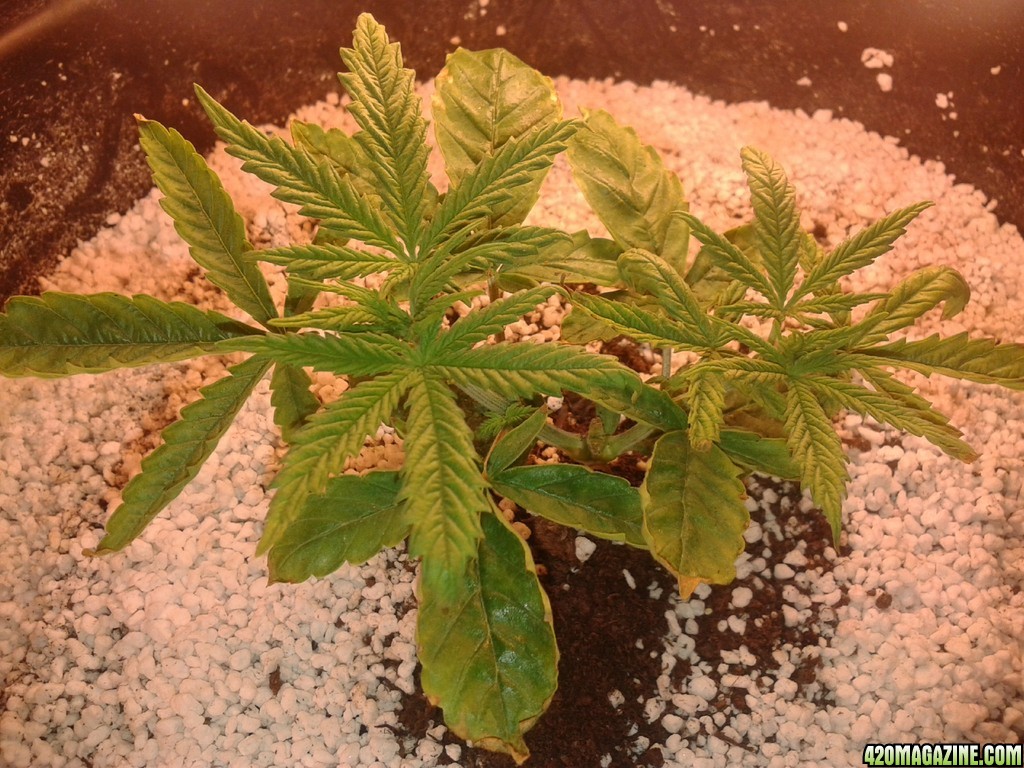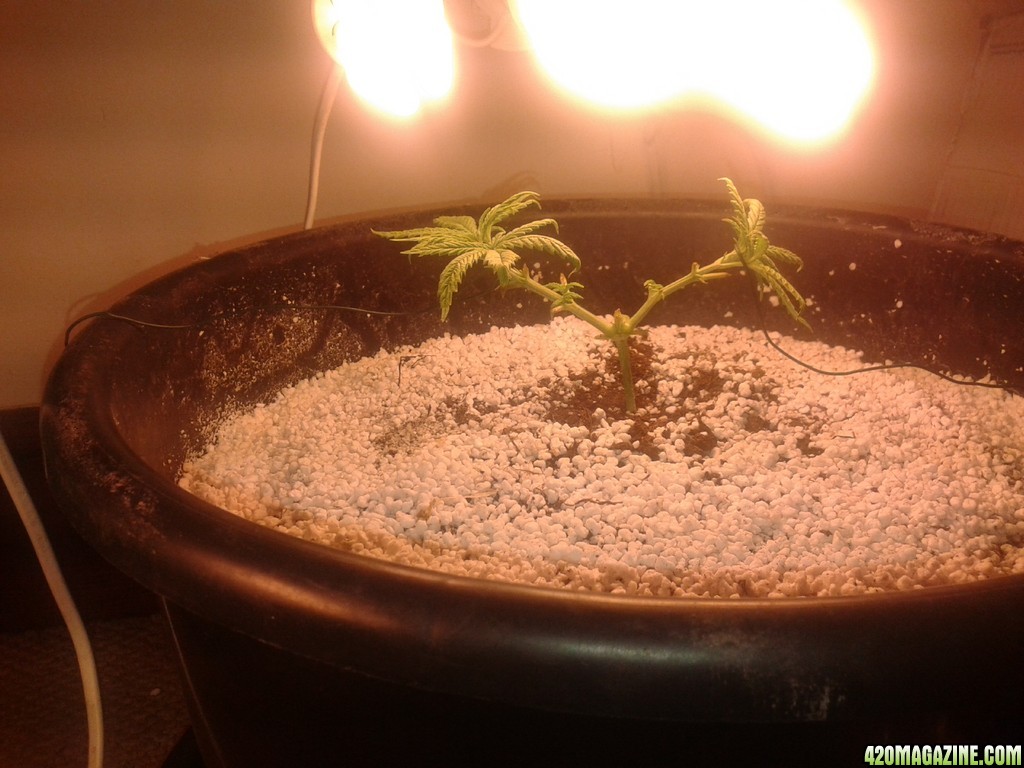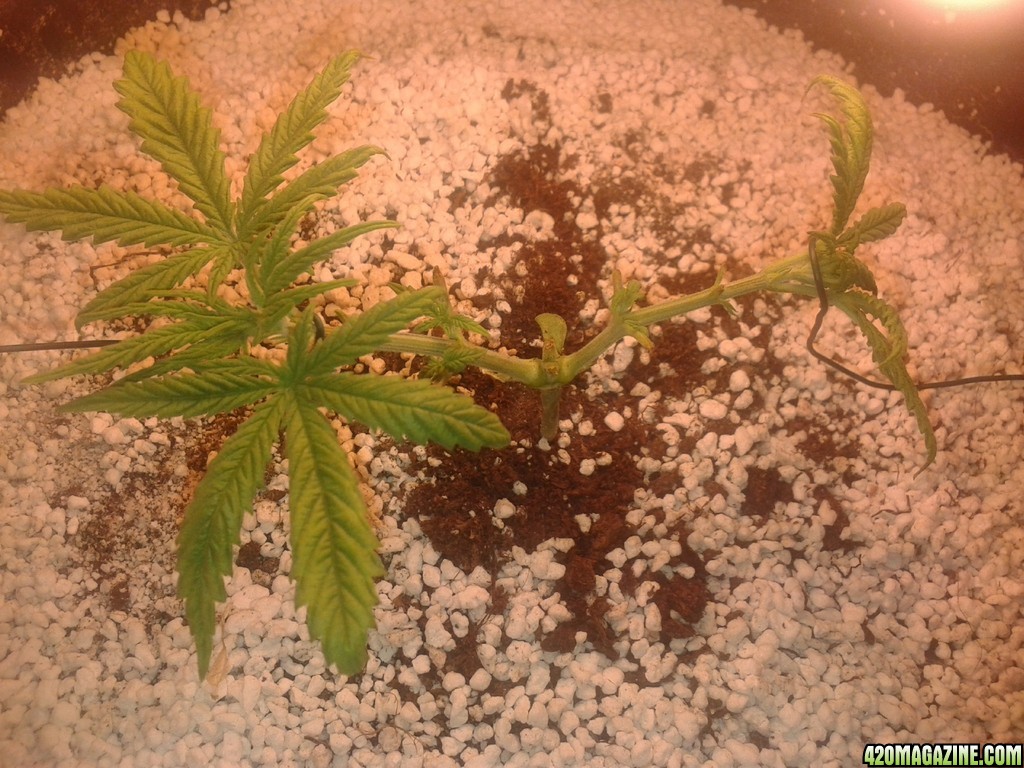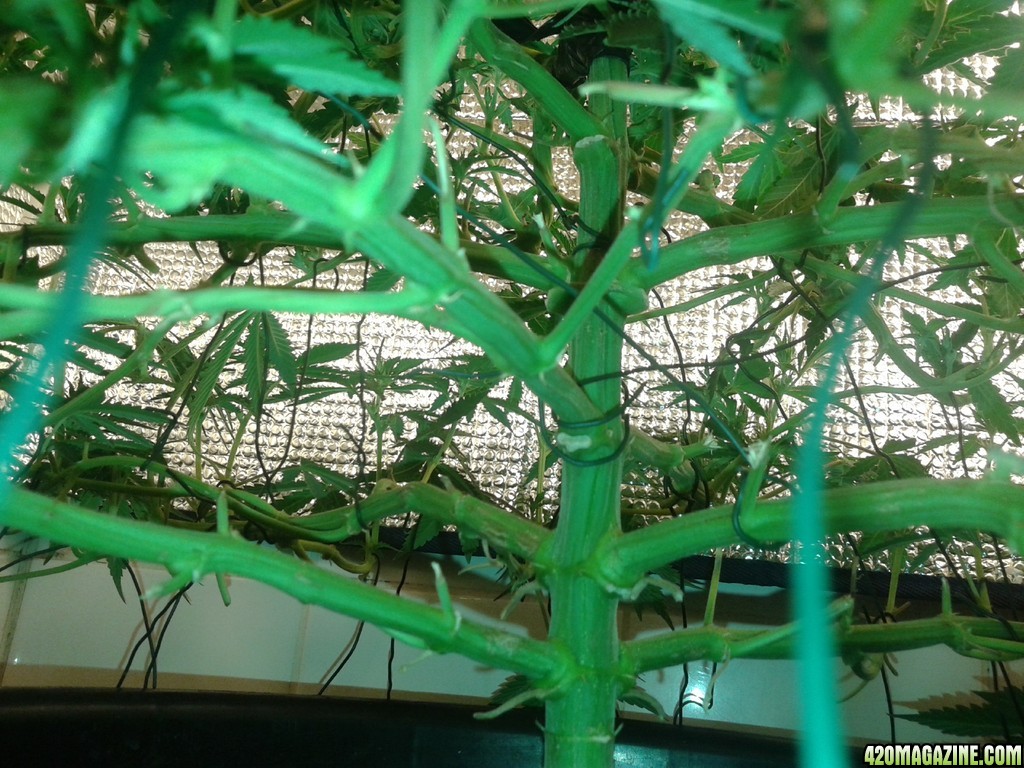Hey to all today just thought I'd post something up for the UK growers.
Home » Prosecution Policy and Guidance » Legal Guidance » S to U » Sentencing manual » Culitvation or production of cannabis
Cultivation or Production of Cannabis
Date Produced: 14 February 2012
Title: Drugs
Offence: Cultivation or Production of Cannabis
Legislation: Section 6 (2) Misuse of Drugs Act 1971 for cultivation, Section 4 (2) Misuse of Drugs Act 1971 for production
Mode of Trial: Either Way
Statutory Limitations & Maximum Penalty: 14 years
The definitive drugs guideline comes into place on 27 February 2012 and applies to all drug offences sentenced after that date.
The new guideline may cause an upward shift in the length of sentence for offenders being sentenced for Class B production/cultivation.
The route to sentence:-
Step 1
determine the offender's role; then the category of the offence.
The offenders role
Leading role
Directing or organising production on a commercial scale;
Substantial links to, and influence on, others in a chain;
Expectation of substantial financial gain;
Uses business as cover;
Abuses a position of trust or responsibility.
Significant role
Operation or management function within a chain;
Involves others in the operation whether by pressure, influence, intimidation or reward;
Motivated by financial or other advantage, whether or not operating alone;
Some awareness and understanding of scale of operation.
Lesser role
Performs a limited function under direction;
Engaged by pressure, coercion, intimidation;
Involvement through naivety/exploitation;
No influence on those above in a chain;
Very little, if any, awareness or understanding of the scale of operation;
If own operation, solely for own use (considering reasonableness of account in all the circumstances).
The category of harm is determined by the output/potential output of the operation.
Category 1
an operation capable of producing industrial quantities for commercial use. E.g. a factory, farming size greenhouses or houses dedicated to the growing of cannabis. Look for 'gardeners exploited and trapped in the set up, and networked operation cultivating cannabis over various sites'.
Category 2
an operation capable of producing significant quantities for commercial use. It is easy to identify the smaller operations that fall into category 2; they will be a room or loft dedicated to the growing and drying of cannabis; more 'cottage industry' than 'factory.' What is not so easy is to distinguish top end category 2 from a category 1 case; the only difference between the 2 categories is category 1 is defined as the production of 'industrial' quantities as opposed to 'significant' quantities in category 2.
Category 3
28 plants with an assumed yield of 40g per plant.
Category 4
9 plant domestic operation.
It is worth noting that the guideline assumes a yield of 40g a plant. Up to now a plants yield has often been in issue; it may be that the guideline assumption of 40g a plant will become the standard projection in calculating a plants yield.
Category 1, 2 and 3 cases are likely to share some of the following features:-
sophisticated growing system
measures taken to conceal the operation;
plants well tended;
abstraction of electricity or electricity supplied by a generator;
look for discarded plant debris (significant amount of rotting stalks/vegetation indicates that there has been earlier growing cycles).
With bottom end category 2 growers and category 3 growers the question arises of what use is to be made of the cannabis. In mitigation the defence may provide a basis of plea which suggest that the offender is supplying to friends; the phrase 'social supply' is often used. Beware of the phrase 'social supply' (see R v. Auton, Hindle, Vincent and Willis [2011] EWCA Crim. 76) supply to friends is unlikely to be free, and supply makes the offence more serious; producers of cannabis are popular and have a lot of close friends when it comes to 'social supply.'
Step 2
sentencing range
Category 1
Leading role
Starting Point: 8 years
Category Range: 7-10
Significant role
Starting Point: 5 years 6 months
Category Range: 5-7
Lesser role
Starting Point: 3 years
Category Range: 2 years 6 months-5 years
Category 2
Leading role
Starting Point: 6 years
Category Range: 4yrs 6mnths-8 yrs
Significant role
Starting Point: 4 years
Category Range: 2 yrs 6 mnths-5yrs
Lesser role
Starting Point: 1 year
Category Range: 26 weeks-3 years
Category 3
Leading role
Starting Point: 4 years
Category Range: 2 years 6 months-5 years
Significant role
Starting Point: 1 year
Category Range: 26 weeks-3 years
Lesser role
Starting Point: High level community order
Category Range: low level community order to 26 weeks
Category 4
Leading role
Starting Point: 1 year
Category Range: High level community order-3 years
Significant role
Starting Point: High level community order
Category Range: Medium level community order-26 weeks
Lesser role
Starting Point: Band C fine
Category Range: Discharge- Medium level community order
The sentencing starting point is adjusted up or down by a list of additional aggravating and mitigating factors set out in the guideline. Described as a non exhaustive list it may on occasion be appropriate to move outside the identified category range.
Aggravating Features
Previous convictions
Offence committed on bail
Nature of any likely supply
Use of premises accompanied by unlawful abstraction of electricity/other utilities
Ongoing/large scale operation as evidenced by presence and nature of specialist equipment
Exposure of others to more than unusual danger, for example drugs cut with harmful substances
Attempts to conceal or dispose of evidence, where not charged separately
Presence of others, especially children
Presence of weapons where not charged separately
High purity or high potential yield
Failure to comply with current court orders
Offence committed on licence
Established evidence of community impact
Mitigating Features
Involvement due to pressure, intimidation or coercion failing short of duress, except where already taken into account in step 1
Isolated incident
Low purity
No previous convictions or no relevant or recent convictions
Offender's vulnerability was exploited
Remorse
Good character and or exemplary conduct
Determination and/or demonstration of steps having been taken to address addiction or offending behaviour
Serious medical conditions requiring urgent, intensive or long term treatment
Age and/or lack of maturity where it affects the responsibility of the offender
Mental disorder or learning disability
Sole or primary carer of dependent relatives



